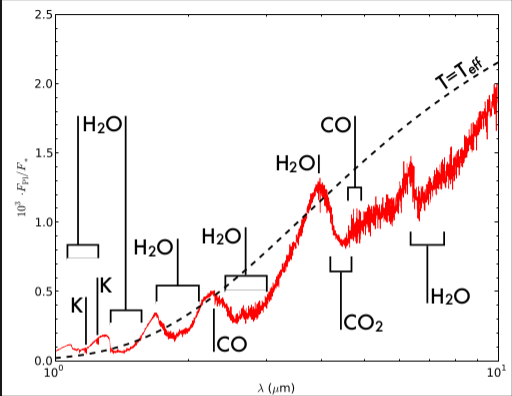
Planets and their evolution
In order to link planetary population synthesis modells with observations, evolution calculations for single planets are needed. This is obvious as no planet is observed at an age of zero. We use atmospheric and structure modells planets, as well as atmospheric loss and bloating mechanisms for giant and rocky planets to develop our understanding of planetary populations.
Members working on this project

Prediction of exoplanetary spectrae (PhD project)

We see here mildly nonlinear Kelvin and Rossby waves in interaction as solutions to the primitive atmospheric dynamics equations.
Evolution of Hot Jupiter exoplanets considering ohmic inflation (M.Sc. Project)







